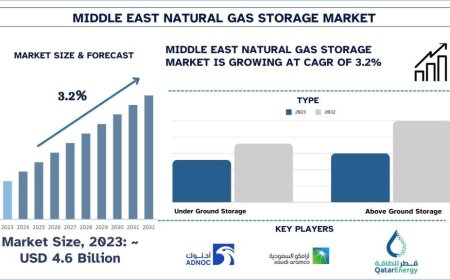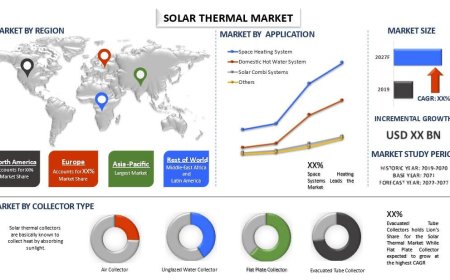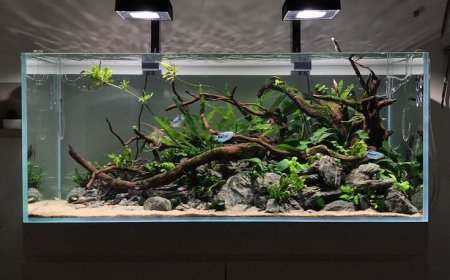Preventing Fouling in Heat Exchangers: Modern Strategies & Technologies
Learn modern methods to prevent fouling in heat exchangers. Discover effective cleaning, monitoring, and design technologies to maintain peak performance.

Heat exchangers are the backbone of countless industrial, HVAC, and power generation systems. But one persistent challenge continues to compromise their performance and reliability: fouling.
Whether its scaling, biofouling, corrosion, or particulate buildup, fouling increases pressure drop, reduces heat transfer efficiency, and drives up energy and maintenance costs. Fortunately, modern strategies and technologies are now available to help engineers and plant managers prevent fouling before it starts.
In this guide, we explore the latest advancements in fouling prevention to keep your Heat Exchanger Solutions running clean and efficient.
? What Is Fouling in Heat Exchangers?
Fouling refers to the accumulation of unwanted materials on heat exchanger surfaces, which disrupts heat transfer and impedes fluid flow.
Common Types of Fouling:
-
Scaling: Mineral deposits like calcium carbonate (especially in hard water systems)
-
Biofouling: Algae, bacteria, or slime-forming organisms
-
Particulate Fouling: Suspended solids or dust particles
-
Corrosion Fouling: Rust or oxidized metal particles
-
Chemical Fouling: Polymerization or chemical reactions forming films on surfaces
?? The Cost of Fouling
Fouling isnt just a maintenance headacheits a costly performance killer:
-
Reduces heat exchanger efficiency by up to 3050%
-
Increases energy consumption significantly
-
Causes unplanned shutdowns and production loss
-
Accelerates equipment wear and corrosion
-
Raises operating costs due to frequent cleaning or early replacements
? Modern Strategies to Prevent Fouling in Heat Exchangers
1. Advanced Water Treatment and Filtration
Water quality is a leading factor in fouling. Investing in high-efficiency filtration systems, chemical dosing, and side-stream filtration can significantly reduce scaling and biofouling.
-
Reverse osmosis (RO) and deionization for high-purity water
-
Automatic backwash filters for removing particulates
-
Biocide treatments for biofilm control
? Pro Tip: Regular monitoring of pH, conductivity, and microbial activity ensures chemical treatments are optimized.
2. Use of Anti-Fouling Coatings
New-generation anti-fouling coatings are engineered to resist biological, chemical, or particulate adhesion.
-
Silicone-based or fluoropolymer coatings reduce surface energy, preventing build-up
-
Copper alloys inhibit microbial growth naturally
-
Ideal for marine, HVAC, and food processing applications
3. Plate and Frame Design Enhancements
Modern plate heat exchangers feature corrugated or dimpled plates to increase turbulence and reduce fouling risk.
-
Enhanced turbulence reduces boundary layer thickness
-
Promotes self-cleaning flow, minimizing particle deposition
-
Easily accessible for inspection and cleaning
Consider plate configurations that support counterflow or high shear for optimal fouling resistance.
4. Online and Offline Cleaning Techniques
? Online Cleaning:
-
Hydro-ball systems: Circulate sponge balls through tubes during operation to continuously remove deposits
-
Chemical dosing: Keeps fouling under control without shutting down the system
?? Offline Cleaning:
-
CIP (Clean-In-Place) systems for automated descaling and rinsing
-
Mechanical cleaning using brushes or pressure tools
-
Ultrasonic cleaning for hard-to-reach or sensitive components
5. Real-Time Monitoring and Smart Sensors
The Internet of Things (IoT) has revolutionized heat exchanger maintenance.
-
Fouling sensors detect pressure drop or thermal resistance changes in real time
-
Predictive analytics forecast fouling trends and trigger alerts
-
Integrates with SCADA or building automation systems
? Smart monitoring helps shift from reactive to predictive maintenance, reducing downtime and cost.
6. Material Selection for Fouling Resistance
Choose materials with high corrosion resistance and smooth surfaces:
-
Titanium, stainless steel, or alloy 625 for corrosion-heavy environments
-
Polished or electropolished surfaces reduce adhesion of scale or biofilms
-
Non-metallic heat exchangers (e.g., graphite or polymer) in highly corrosive setups
? Designing for Fouling Prevention
A well-designed heat exchanger can minimize fouling risk from the start.
-
Maintain proper velocity to avoid laminar flow (a hotspot for fouling)
-
Choose optimal surface area-to-volume ratios
-
Include easy access panels or modular components for faster cleaning
-
Design for side-stream filtration in closed-loop systems
? Industry Case Study: Fouling Prevention Success
A food processing plant using plate heat exchangers suffered repeated downtime due to milk protein fouling. After switching to a CIP-enabled plate system with improved water treatment and real-time fouling detection, they:
-
Reduced cleaning frequency by 70%
-
Cut water and chemical usage by 40%
-
Extended maintenance intervals from biweekly to quarterly
? Final Thoughts
Fouling is inevitablebut it doesnt have to be a problem. With the right combination of modern technology, proactive design, and smart monitoring, you can prevent fouling from reducing your heat exchangers performance and lifespan.






























